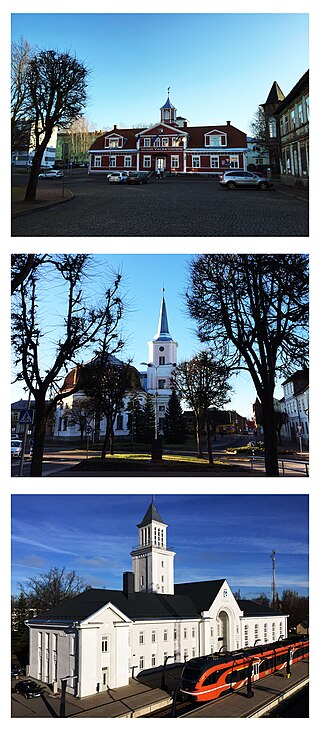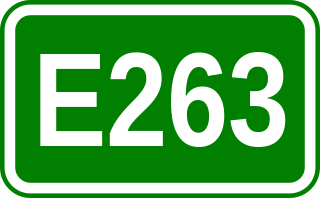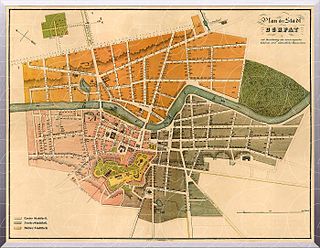
Tartu is the second largest city in Estonia after Tallinn. Tartu has a population of 97,435. It is 186 kilometres southeast of Tallinn and 245 kilometres northeast of Riga, Latvia. Tartu lies on the Emajõgi river, which connects the two largest lakes in Estonia, Lake Võrtsjärv and Lake Peipus. From the 13th century until the end of the 19th century, Tartu was known in most of the world by variants of its historical name Dorpat.

The University of Tartu is a public research university located in the city of Tartu, Estonia. It is the national university of Estonia. It is also the largest and oldest university in the country. The university was founded under the name of Academia Gustaviana in 1632 by Baron Johan Skytte, the Governor-General of Swedish Livonia, Ingria, and Karelia, with the required ratification provided by King Gustavus Adolphus, shortly before the king's death on 6 November in the Battle of Lützen (1632).

Estonians or Estonian people are a Baltic Finnic ethnic group who speak the Estonian language. Their nation state is Estonia.

Valga is a town in southern Estonia and the capital of Valga County and Valga Parish. Until their separation in 1920, Valga and the town of Valka in northern Latvia were one town. They are now twin-towns. The area of Valga is 16.5 square kilometres and that of Valka is 14.2 km2 (5.5 sq mi). Their populations are respectively 12,261 and 6,164. On 21 December 2007 all border-crossing points were removed and roads and fences opened between the two countries with both countries joining the Schengen Agreement.
Toomas Kivisild is an Estonian population geneticist. He graduated as a biologist and received his PhD in Genetics, from University of Tartu, Estonia, in 2000. Since then he has worked as a postdoctoral research fellow in the School of Medicine, at Stanford University (2002-3), Estonian Biocentre, as the Professor of Evolutionary Biology, University of Tartu (2005-6), and as a Lecturer and Reader in Human Evolutionary Genetics in the Department of Archaeology and Anthropology at the University of Cambridge (2006-2018). From 2018 he is a professor in the Department of Human Genetics at KU Leuven and a senior researcher at the Institute of Genomics, University of Tartu.

The Emajõgi is a river in Estonia which flows from Lake Võrtsjärv through Tartu County into Lake Peipus, crossing the city of Tartu for 10 km (6.2 mi). It has a length of 100 km (62 mi).

Martin Reim is an Estonian football manager and former professional player.

Tartu Jalgpallikool Tammeka, commonly known as Tartu Tammeka or simply Tammeka, is an Estonian professional football club based in Tartu that competes in Meistriliiga, the top flight of Estonian football. The club's home ground is Tamme Stadium.

The Tartu offensive operation, also known as the Battle of Tartu and the Battle of Emajõgi was a campaign fought over southeastern Estonia in 1944. It took place on the Eastern Front during World War II between the Soviet 3rd Baltic Front and parts of the German Army Group North.

Bernard Kangro was an Estonian writer and poet.

European route E 263 is a Class B road part of the International E-road network. It runs only through Estonia, begins in Tallinn and ends in Luhamaa, Võru County, and shares exactly the same route as Estonian national road 2.

Karlova is a neighbourhood of Tartu, Estonia. It has a population of 8,856 and an area of 2.30 km2 (0.89 sq mi).

The Great Fire of Tartu took place on 6 July [O.S. 25 June] 1775 and destroyed most of the city of Tartu in what is now Estonia. The fire destroyed the centre of the city.

The Tartu Art Museum is a state-owned museum of art located in Tartu, Estonia. It was founded in 1940 on a private initiative by the members of local art school Pallas. This is the largest art museum in Southern Estonia.
The 2016–17 Baltic Men Volleyball League, known as Credit 24 Champions League for sponsorship reasons, was the 12th edition of the highest level of club volleyball in the Baltic states.
The 2019 Meistriliiga was the 29th season of the Meistriliiga, the top Estonian league for association football clubs. The season began on 8 March 2019 and concluded on 9 November 2019. Nõmme Kalju were the defending champions. Flora won their 12th Meistriliiga title.

Narva, Estonia is officially divided into 15 neighborhoods which carry no administrative purpose. Their names and borders are defined as follows: Elektrijaama, Joaoru, Kalevi, Kerese, Kreenholmi, Kudruküla, Kulgu, Olgina, Paemurru, Pähklimäe, Siivertsi, Soldina, Sutthoffi, Vanalinn, and Veekulgu.

The Baltic Hockey League is a professional ice hockey competition based in the Baltic states featuring club teams from Estonia, Latvia and Lithuania. The competition was founded in 2018, and the first edition of the competition began in November, 2020.

Kivisild is an Estonian surname meaning "stone bridge"; a compound of kivi ("stone") and sild ("bridge").

Tiiu Kirsipuu is an Estonian sculptor.


















